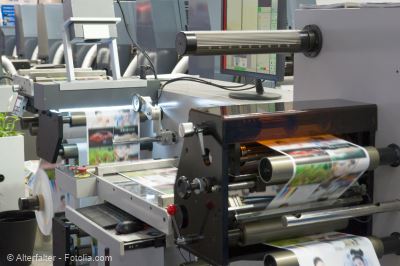The printing process: PDF/X as the standard
The PDF/X format defines a version of PDF that has been an important standard in the printing process for more than ten years.
PDF/X is a subset of the PDF specification that satisfies the needs of the printing-technology industry and fulfills the minimum standards for ensuring that materials can be printed properly. The primary purpose of this standardized suite of graphic technology standards is to minimize any ambiguity that could arise in the process of sending print-ready documents to printing companies and publishers. And by doing a pre-flight check of the file (having software inspect the PDF), you can verify the document’s compatibility during the process of preparing the materials for printing.
Since not all anomalies and inconsistencies in the printing process can be eliminated using the conventional PDF format, the PDF/X standard is considered an important foundation of printing for graphic designers, businesses, and printing and publishing professionals. This standard defines a subset of the PDF format, which helps minimize potential problems that may arise when exchanging data with print producers. In the case of print-ready work, those elements that may result in variations within the final print output are eliminated from the PDF documents. Video and audio elements are also eliminated. You can also specify other detailed information – such as the colors and fonts to be used – which print companies need to ensure smooth and error-free printing.
A pre-flight tool or Adobe Acrobat Professional can be used to check and ensure a document’s adherence to the requirements of the standard during the printing process. Such pre-flighting helps guarantee the highest degree of probability that the printing result will meet designer expectations. Collectively called PDF/X, this standard offers a number of specifications that address different needs and which are identified by a suffix and/or year designator. The most-important subformats are PDF/X-1a and PDF/X-3. The first describes the faithful rendering of color using a CMYK and spot-color workflow, whereby the latter also permits the use of RGB, Lab and ICC color spaces.
Without PDF/X, everyone involved in the printing process would have to expend more time and money to generate a flawless product. This format ensures that the printed results will be exactly consistent with the forwarded print-ready files.

